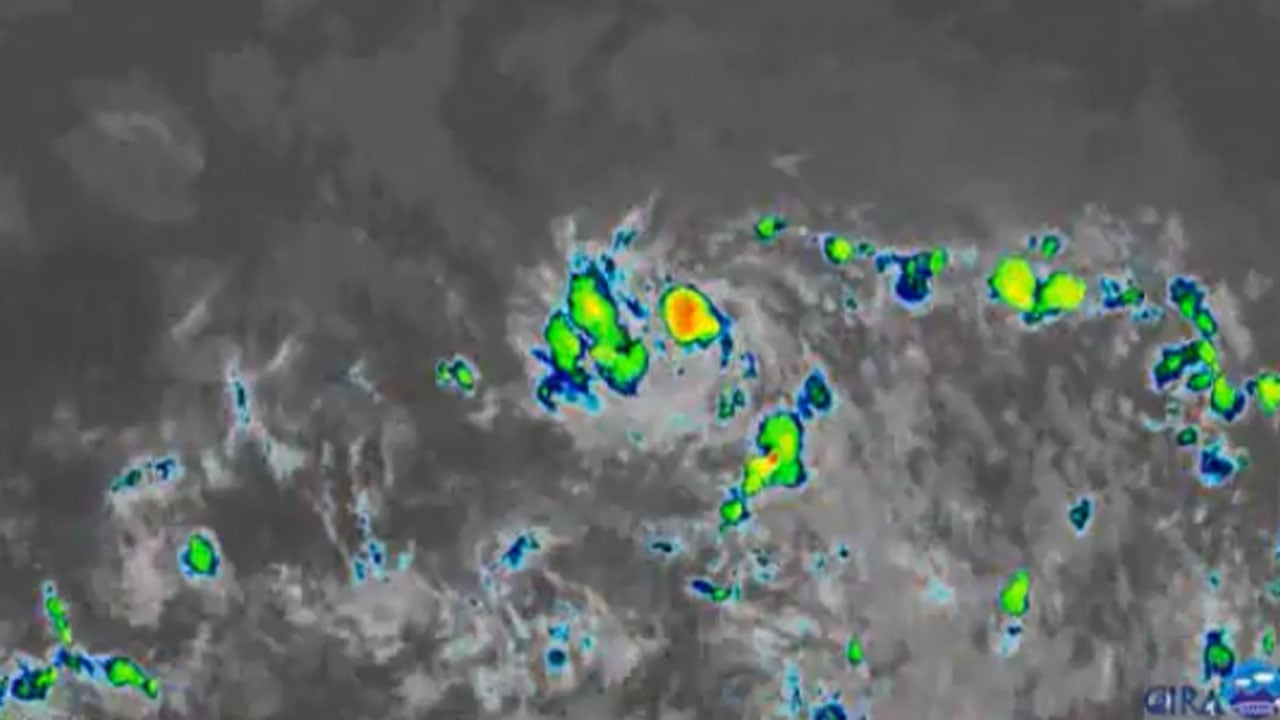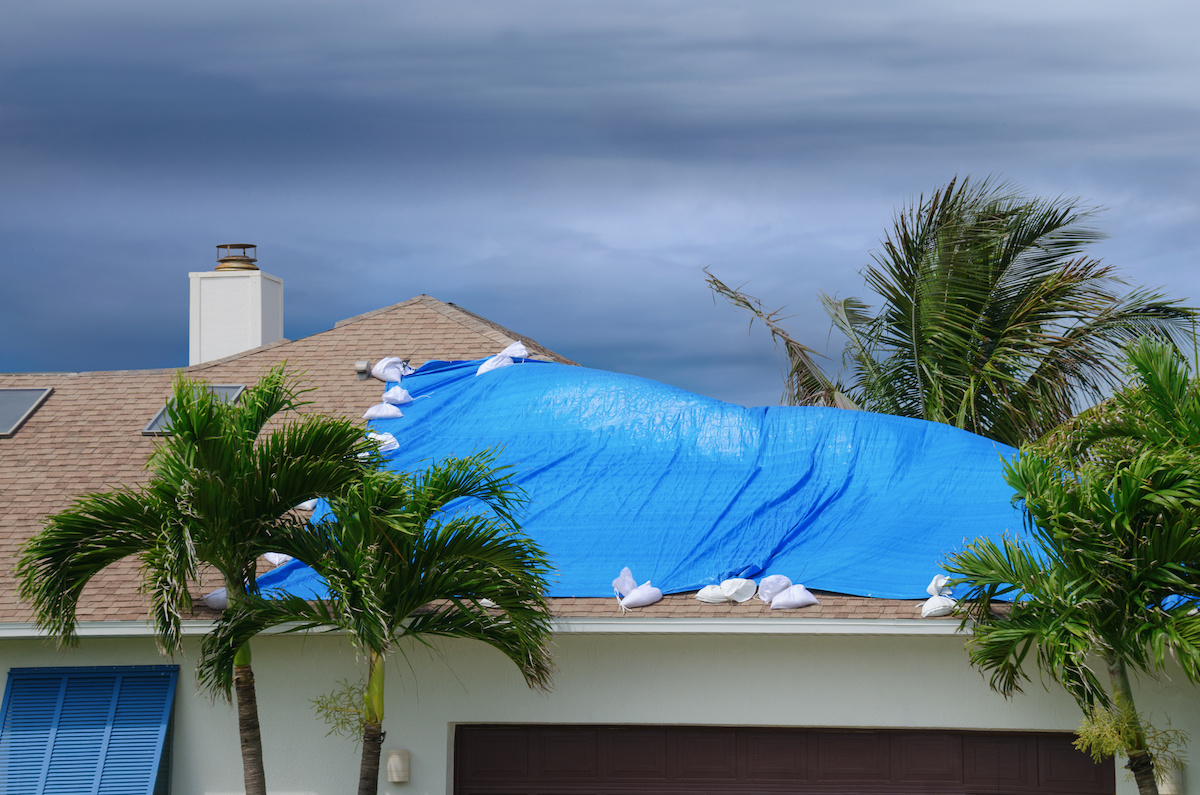Hurricane Beryl’s Impact on Grenada

Grenada hurricane beryl – Hurricane Beryl, a Category 3 storm, made landfall on the island of Grenada on July 5, 2018. The hurricane brought with it high winds, heavy rain, and storm surge, causing widespread damage and destruction.
The remnants of Hurricane Beryl brought heavy rainfall to Grenada, causing flash floods and landslides. While the storm has passed, the island nation is still recovering from the damage. In other news, Brandon Aiyuk , the San Francisco 49ers wide receiver, has been making headlines with his impressive performances on the field.
Despite the challenges posed by Hurricane Beryl, the people of Grenada remain resilient and are working together to rebuild their communities.
The hurricane’s path took it directly over the island, with the strongest winds hitting the southern coast. Wind speeds reached up to 125 miles per hour, causing significant damage to buildings, infrastructure, and vegetation. The heavy rain led to flooding and landslides, further exacerbating the damage.
Grenada braced for Hurricane Beryl, the first major storm of the Atlantic season. The government urged residents to prepare for power outages and flooding. Meanwhile, in the United States, many SSI and SSDI recipients are still waiting for their stimulus checks.
To track the latest on the stimulus payments, visit this website. Back in Grenada, authorities warned that Hurricane Beryl could bring heavy rains and winds, posing a significant threat to the island nation.
Immediate Effects
The immediate effects of Hurricane Beryl were devastating. The hurricane caused widespread damage to homes, businesses, and infrastructure. Many buildings were completely destroyed, while others were left with severe damage. The hurricane also knocked out power and water to much of the island, and disrupted communication networks.
The hurricane also caused a number of casualties. Three people were killed in the storm, and dozens more were injured. The hurricane also displaced thousands of people, many of whom lost their homes in the storm.
Relief and Recovery Efforts in Grenada: Grenada Hurricane Beryl

In the aftermath of Hurricane Beryl, Grenada received an outpouring of support from local authorities and international organizations. Immediate relief efforts focused on providing food, water, shelter, and medical assistance to those affected.
However, delivering aid and providing support to those in need presented several challenges. The hurricane’s impact on infrastructure, including roads and bridges, made it difficult to reach remote areas. Additionally, the destruction of homes and businesses left many people without access to basic necessities.
Long-Term Recovery Efforts
Long-term recovery efforts in Grenada focused on rebuilding infrastructure, providing housing, and restoring livelihoods. The government, with the support of international organizations, launched a comprehensive plan to address these needs.
- Infrastructure: Rebuilding roads, bridges, and other essential infrastructure was crucial for restoring access to services and facilitating economic recovery.
- Housing: Providing temporary and permanent housing for those who lost their homes was a top priority. The government and aid organizations worked together to construct new homes and repair damaged ones.
- Livelihoods: Restoring livelihoods was essential for the long-term recovery of Grenada. This involved providing financial assistance, training, and support to businesses and individuals affected by the hurricane.
Lessons Learned from Hurricane Beryl

Hurricane Beryl brought significant devastation to Grenada, exposing areas where preparedness and response could be enhanced. This experience offers valuable lessons for strengthening resilience and mitigating the impact of future hurricanes.
One crucial lesson is the importance of early warning systems and timely evacuation. Improved communication and coordination are essential to ensure that residents have sufficient time to seek shelter and protect themselves from the storm’s fury.
Strengthening Preparedness
- Enhance early warning systems and ensure they reach all communities.
- Develop comprehensive evacuation plans and conduct regular drills.
- Provide accessible and up-to-date information to the public through multiple channels.
Improving Response
- Strengthen coordination among emergency responders and establish clear lines of communication.
- Pre-position emergency supplies and equipment to facilitate rapid deployment.
- Provide training and resources to community members to support self-reliance and resilience.
Mitigating Future Impacts, Grenada hurricane beryl
- Promote sustainable land use practices to reduce erosion and flooding.
- Invest in resilient infrastructure, such as storm-resistant buildings and seawalls.
- Educate the public about hurricane preparedness and the importance of community involvement.